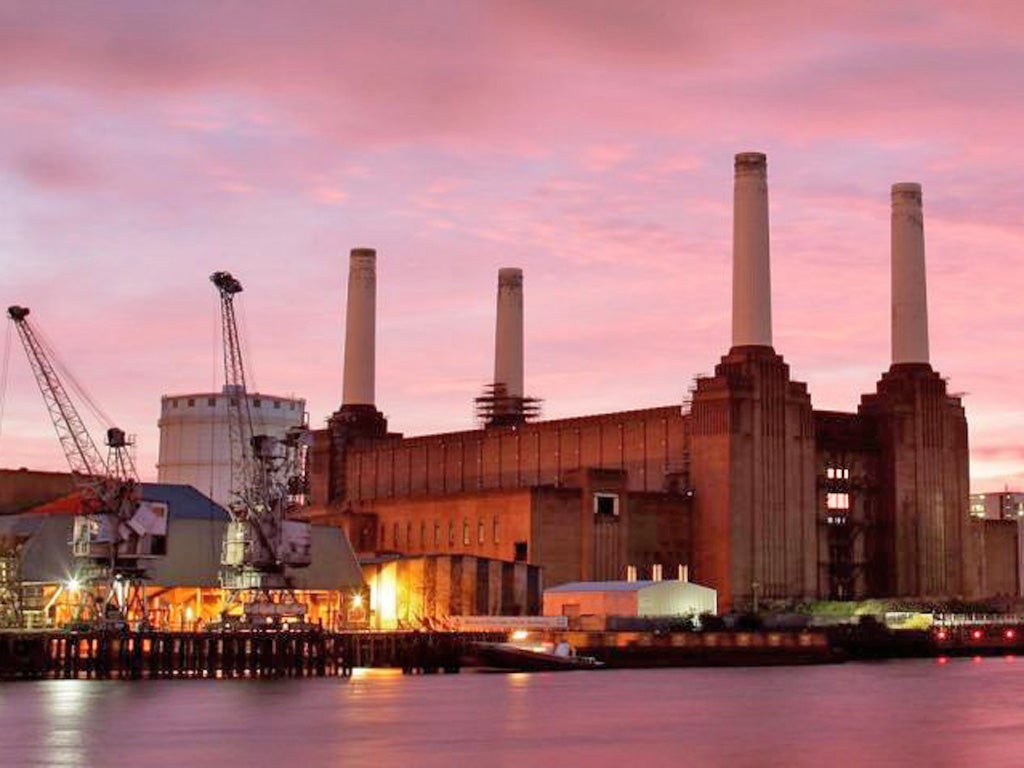Abramovich bids to move his goalposts to Battersea
An ambitious new transfer deal is afoot at Chelsea Football Club. So can a power station become a stadium?

It has become almost as famous for the number of proposed – and ultimately unsuccessful – redevelopments as for its chimneys, which puncture the south London skyline, and art-deco styling.
Now, Battersea Power Station, which developers have previously tried to turn into flats, a theme park and a shopping centre – to name but a few, could become a 60,000-seat football stadium. Chelsea Football Club, owned by the Russian oligarch Roman Abramovich, yesterday confirmed it has placed a bid to buy the 39-acre site.
The former power station, on the open market for the first time, has also been a film set and hosted winter sports exhibitions since it was decommissioned in 1983, after a long decline in output. But it threatened to become little more than a colossus for commuters crossing the Thames to Victoria train station to gawp at as various grand schemes foundered one by one.
Whatever eventually becomes of the site, its famous chimneys and wash towers would remain as a condition of any sale – as would the Grade II-listed turbine hall. The council would also expect the successful bidder to help build shops, homes and offices and provide some funding for an extension of the London Underground system from Kennington, near the Oval cricket ground.
Construction of the power station began in 1929. People initially opposed the proposals because of worries about pollution but the government pushed on undeterred and the plant started producing electricity six years later.
Steam produced at the station as a by-product was also used to heat homes in nearby Pimlico. Its fame was ensured when it appeared on the cover of Pink Floyd's 1977 album Animals. Initial indications were that there was a hole in Chelsea's funding for the plan, which Mr Abramovich, who has already invested £1bn trying to build it into a major European footballing force, is not willing to simply pour money into.
The club denied it had taken a final decision to move from its current home, Stamford Bridge, which has fewer than 42,000 seats and is squeezed into a built-up area of west London.
But Chelsea has admitted defeat in its search for a way to renovate its existing home. The proposed redevelopment of the Battersea site could take three to four years and would have to be part-financed by the sale of the club's current ground across the river in Fulham.
The club's bid came on the deadline for offers. Earlier this week, the Battersea Power Station Community Group offered £1 for the site, which it wants to turn into a venue for museums and concerts.
Join our commenting forum
Join thought-provoking conversations, follow other Independent readers and see their replies
Comments